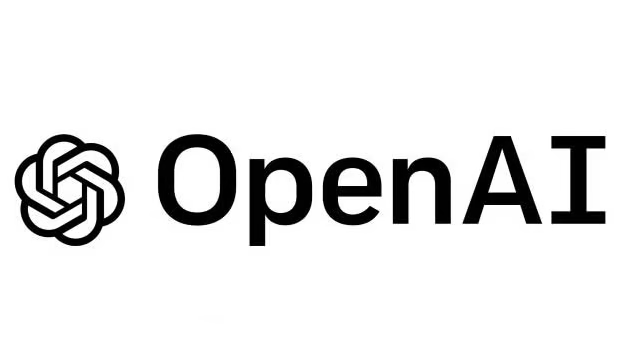The global artificial intelligence landscape is witnessing a significant shift as Alibaba, the Chinese technology conglomerate, unveiled its latest large language model (LLM), Qwen3. According to recent reports highlighted by Crescendo.ai, citing TechHQ from May 5th, the Qwen3 series represents a substantial leap forward, markedly narrowing the performance gap between Alibaba’s AI capabilities and those of leading US-based technology firms like OpenAI, Google, and Meta.
For years, the cutting edge of large language model development has been largely dominated by American companies, fueled by massive investments and access to vast computational resources and datasets. Models like OpenAI’s GPT series, Google’s Gemini, and Meta’s Llama have set industry benchmarks. However, the emergence of Qwen3 signals intensified global competition. Alibaba claims that its new model series achieves performance levels comparable, and in some specific benchmarks potentially exceeding, leading Western models, particularly highlighting its prowess in areas like reasoning, code generation, and mathematical problem-solving.
One of the key strategic advantages touted for Qwen3 is its reported cost-efficiency. Training and running large-scale AI models are notoriously expensive, requiring immense computing power. If Alibaba has achieved comparable performance with potentially lower operational costs, it could make Qwen3 an attractive alternative for businesses globally, especially in cost-sensitive markets. This efficiency might stem from architectural innovations, optimized training methodologies, or leveraging Alibaba’s extensive cloud infrastructure.
Furthermore, Qwen3 emphasizes strong multilingual capabilities. While many leading models are primarily trained on English data, Alibaba has focused on ensuring Qwen3 performs robustly across various languages, including Chinese and other Asian languages. This enhanced multilingual support is crucial for global enterprises seeking AI solutions that can operate effectively in diverse linguistic contexts, potentially giving Alibaba an edge in non-English speaking regions and appealing to multinational corporations.
The release of Qwen3 is more than just a technological milestone; it carries significant geopolitical and economic implications. It underscores China’s growing capabilities in foundational AI research and development, challenging the narrative of US dominance in the field. This development could accelerate the AI arms race, prompting further investment and innovation from companies and governments worldwide. For businesses, the availability of a competitive, potentially more cost-effective and multilingual alternative from a non-US provider offers greater choice and potentially leverage in negotiations with AI vendors.
However, the reception and adoption of Qwen3 outside of China may face hurdles. Concerns regarding data privacy, security, and potential government influence, often associated with major Chinese tech firms, could impact trust and uptake in Western markets. Businesses will need to carefully evaluate performance claims through independent testing and weigh the strategic implications of relying on AI infrastructure from different geopolitical spheres. Regardless of these challenges, the arrival of Qwen3 undeniably intensifies the global competition in AI, pushing the boundaries of what these powerful models can achieve and promising a more diverse and contested market landscape in the years to come. The focus now shifts to independent benchmarking and real-world application performance to validate Alibaba’s claims and assess Qwen3’s true impact.
Source: Crescendo.ai / TechHQ

